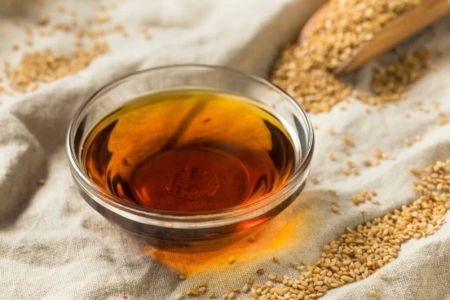Stir-Fried Chinese Vegetables: A Delicious and Healthy Meal Option
- Why Choose Stir-Fried Chinese Vegetables?
- Health Benefits of Stir-Fried Chinese Vegetables
- Top Vegetables for Stir-Frying
- How to Make Stir-Fried Chinese Vegetables
- Explore More Chinese Food Recipes
Why Choose Stir-Fried Chinese Vegetables?
Stir-fried Chinese vegetables are a quick, easy, and flavorful way to enjoy fresh produce while incorporating a rich variety of seasonings and cooking techniques that highlight the natural flavors of each vegetable. Whether you're new to cooking or a seasoned chef, stir-frying is one of the best ways to prepare vegetables because it preserves their nutritional value, texture, and vibrant colors.
Beyond the simplicity of preparation, stir-fried vegetables are incredibly versatile. You can customize them to your tastes, adding ingredients like soy sauce, garlic, ginger, sesame oil, and various spices to create a dish that's uniquely your own. Moreover, Chinese stir-fried vegetable dishes are often enjoyed as a main course or as a side dish to accompany other flavorful Chinese dishes, such as stir-fried meats or rice-based meals.
Health Benefits of Stir-Fried Chinese Vegetables
One of the greatest advantages of stir-fried Chinese vegetables is their nutritional value. When prepared correctly, stir-frying can help retain most of the vitamins, minerals, and antioxidants in the vegetables, unlike other cooking methods like boiling, which can cause nutrient loss. This method is particularly beneficial for vegetables like bok choy, bell peppers, and broccoli, which are rich in essential nutrients.
Stir-frying also uses less oil compared to deep frying, making it a healthier option. By using just a small amount of high-quality oil—like peanut oil or sesame oil—your dish can have the ideal balance of healthy fats without overwhelming the vegetables. Furthermore, the addition of garlic and ginger, staples in Chinese cooking, provides anti-inflammatory and antioxidant benefits, which are great for supporting the immune system.
Top Vegetables for Stir-Frying
Not all vegetables are suitable for stir-frying, but some perform exceptionally well when cooked this way. Here are some of the best vegetables to include in your stir-fry:
- Bok Choy: A quintessential vegetable in Chinese cuisine, bok choy has a mild flavor and crunchy texture that holds up beautifully in stir-fry dishes. It's rich in vitamins A and C, making it a nutrient-packed addition to any meal.
- Bell Peppers: The colorful variety of bell peppers adds sweetness, crunch, and vibrant color to any stir-fry. They also provide a good source of vitamin C and other antioxidants.
- Broccoli: Known for its health benefits, broccoli is an excellent vegetable for stir-frying. It retains its crunch while absorbing the flavors of the sauce, making it a perfect addition to your stir-fried vegetable mix.
- Snow Peas: These sweet, crunchy peas add texture and a slight sweetness to your stir-fried vegetables. Snow peas are high in fiber and low in calories, making them a great option for anyone looking to eat healthy.
- Carrots: Thinly sliced carrots add a mild sweetness and a pop of color to your dish. They’re rich in beta-carotene and other vital nutrients.
- Mushrooms: Mushrooms add a savory umami flavor that deepens the overall taste of the dish. Shiitake or button mushrooms are excellent choices for stir-frying.
How to Make Stir-Fried Chinese Vegetables
Making stir-fried Chinese vegetables at home is simple, and with the right techniques, you can achieve a dish that rivals those found in Chinese restaurants. Here's a step-by-step guide to get you started:
- Prepare the Vegetables: Start by washing and slicing your vegetables into bite-sized pieces. Make sure they’re uniform in size so they cook evenly. For harder vegetables like carrots or broccoli, you may want to cut them into smaller, thinner pieces.
- Heat the Wok: Use a wok or a large skillet to stir-fry your vegetables. Heat the wok over high heat, ensuring it’s hot enough before adding oil. This high temperature helps to sear the vegetables, locking in their flavor and color.
- Add Oil and Aromatics: Once the wok is hot, add a small amount of oil. Peanut oil, vegetable oil, or sesame oil are great options. Add garlic and ginger first, allowing them to sizzle for about 30 seconds. This infuses the oil with flavor and creates a fragrant base.
- Stir-Fry the Vegetables: Begin adding your vegetables, starting with the hardest ones (like carrots and broccoli) and working your way to softer vegetables (like bell peppers and snow peas). Stir-fry each vegetable for about 2–3 minutes until they’re just tender but still crisp.
- Add Sauce: For a traditional Chinese stir-fry, add soy sauce, oyster sauce, or hoisin sauce to give your vegetables that signature flavor. You can also add a touch of cornstarch mixed with water to create a slightly thickened sauce.
- Final Touches: Once everything is well-mixed and cooked, remove from heat and serve immediately. Garnish with sesame seeds or chopped green onions for added flavor and color.
Explore More Chinese Food Recipes
If you enjoy stir-fried Chinese vegetables, why not explore other delicious Chinese dishes that use fresh ingredients and simple cooking methods? Dishes like Kung Pao chicken, Mapo tofu, or fried rice are perfect pairings and provide more variety for your meals.
For more amazing Chinese food recipes, head over to GoChinaRose for all your cooking needs. Whether you’re looking to learn new techniques or discover more recipes, GoChinaRose is your one-stop shop for authentic Chinese culinary experiences.
Try stir-fried Chinese vegetables today, and enjoy a healthy, flavorful meal that will leave you wanting more!



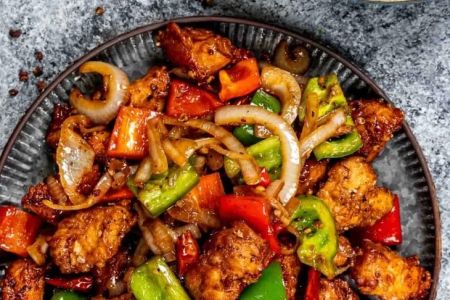
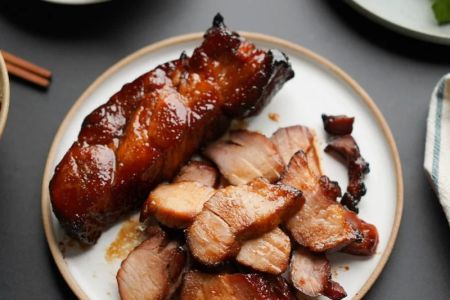
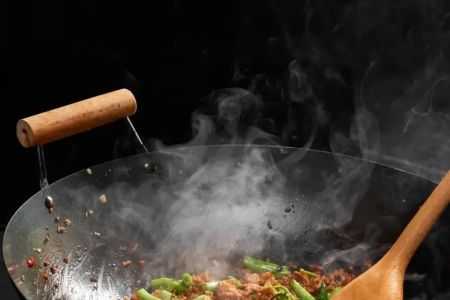
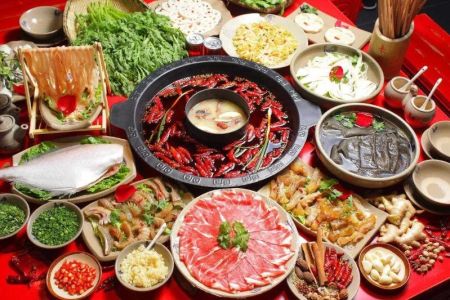
![Top Chinese Restaurants for Authentic Cantonese Cuisine in [Your City]](https://img.gochinarose.com/d33/2507/4157910400_450x300.webp)
